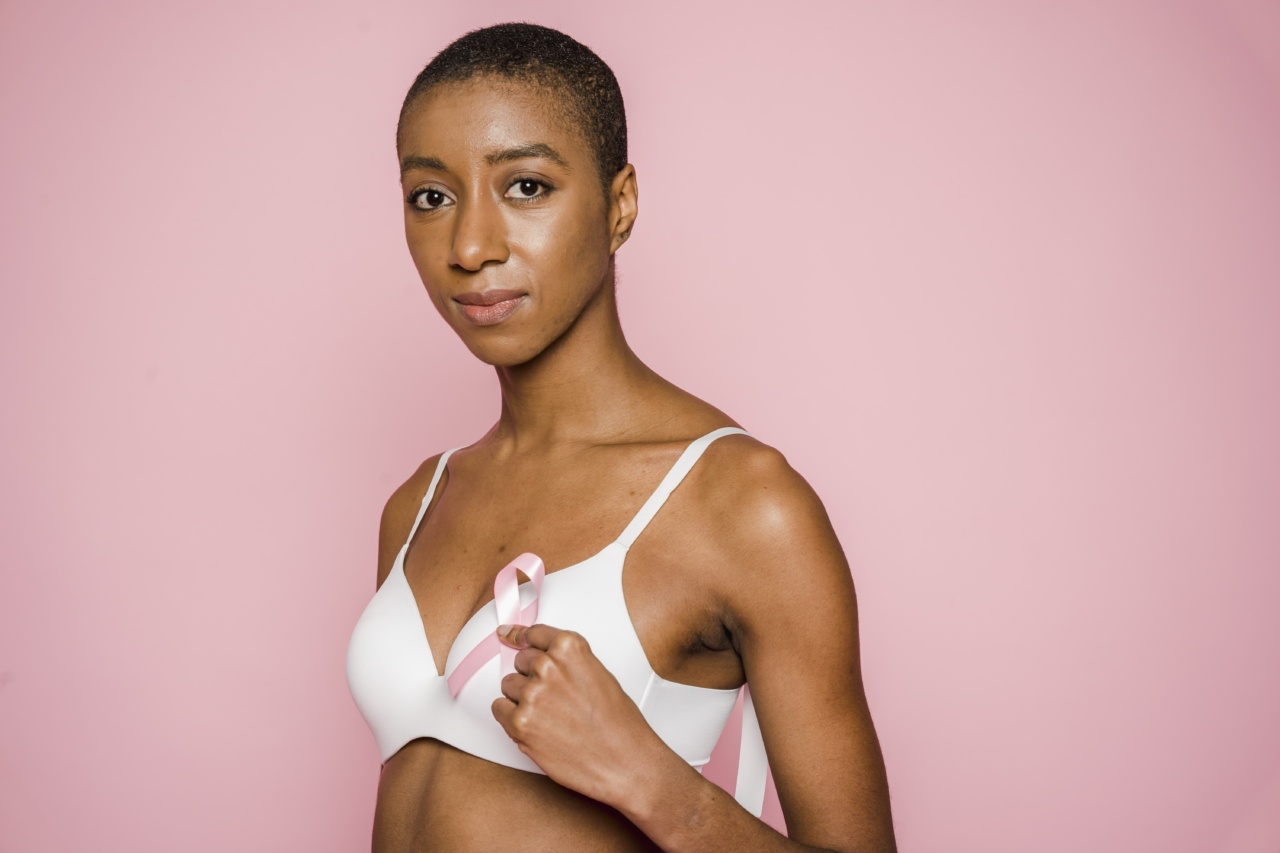For years, people have known the dangers of tanning. Yet, a majority of people still do it, despite the fact that skin cancer cases continue to rise.
Skin cancer is the most common form of cancer in the United States, with more than 3.5 million cases diagnosed annually. Tanning is the primary cause of skin cancer, but that has not stopped people from continuing to do it.
Why People Still Tan
Despite the risks of skin cancer, many people still tan for a variety of reasons. Some believe that a tan makes them look healthier and more attractive. Others simply enjoy the feeling of the sun on their skin.
Many people also believe that a tan will protect them from getting a sunburn. While a tan can provide some protection against sunburn, it does not protect against skin cancer. The bottom line is that there are many reasons why people still tan, despite the risks.
Types of Tanning
There are two main types of tanning: indoor tanning and outdoor tanning. Indoor tanning involves the use of a tanning bed or booth, which emits ultraviolet (UV) radiation. Outdoor tanning involves exposure to the sun’s UV radiation.
While both types of tanning can cause skin cancer, indoor tanning is considered to be more dangerous because it exposes the skin to higher levels of UV radiation.
Risks of Tanning
As previously mentioned, tanning is the primary cause of skin cancer. The UV radiation from tanning beds and the sun can damage the DNA in skin cells, which can lead to cancer.
In addition to skin cancer, tanning can also cause premature aging of the skin, including wrinkles, age spots, and lax skin. Tanning can also lead to eye damage, including cataracts and macular degeneration.
Tanning Myths
There are many myths surrounding tanning. One of the most common is that a base tan will protect against sunburn and skin cancer. However, any form of tanning, whether it’s a base tan or not, can increase the risk of skin cancer.
Another myth is that indoor tanning is safer than outdoor tanning because it is controlled. However, indoor tanning is actually more dangerous because it exposes the skin to higher levels of UV radiation.
Prevention of Skin Cancer
The best way to prevent skin cancer is to avoid tanning altogether. If you do need to be in the sun, it is important to take precautions, such as wearing protective clothing, using sunscreen, and seeking shade.
It is also important to be aware of any changes in your skin, such as the appearance of new moles or changes in the color, size, or shape of existing moles. By being proactive about your skin health, you can reduce your risk of skin cancer.
Treatment of Skin Cancer
If you do develop skin cancer, there are several treatment options available, including surgery, radiation therapy, and chemotherapy. The type of treatment that is recommended will depend on the type and stage of the cancer.
It is important to catch skin cancer early, as it is much easier to treat in the early stages.
Conclusion
Despite the risks of skin cancer, many people still tan. However, by understanding the risks of tanning and taking precautions to protect your skin, you can reduce your risk of developing skin cancer.
If you do develop skin cancer, early detection and treatment are key to a successful outcome. It is important to take your skin health seriously, and to take action to protect yourself from the harmful effects of tanning.
























